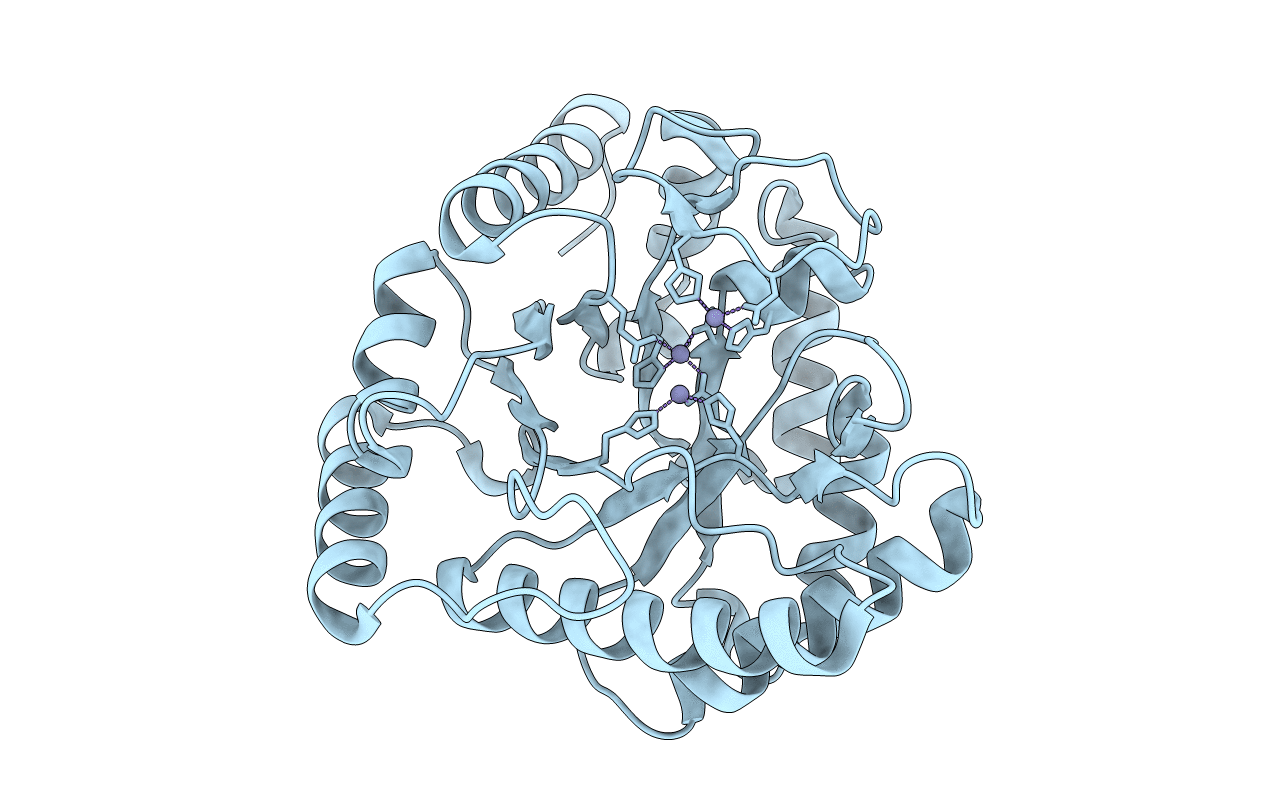
Deposition Date
2010-03-03
Release Date
2010-09-08
Last Version Date
2023-12-20
Entry Detail
PDB ID:
2X7V
Keywords:
Title:
Crystal structure of Thermotoga maritima endonuclease IV in the presence of zinc
Biological Source:
Source Organism:
THERMOTOGA MARITIMA MSB8 (Taxon ID: 243274)
Host Organism:
Method Details:
Experimental Method:
Resolution:
2.30 Å
R-Value Free:
0.20
R-Value Work:
0.14
R-Value Observed:
0.14
Space Group:
P 61


